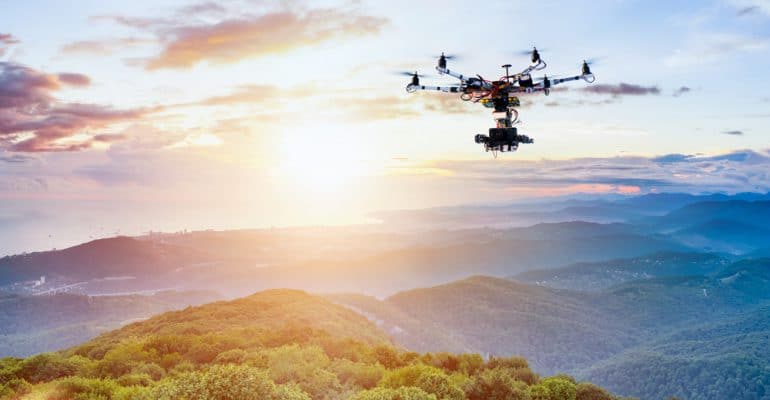If someone had predicted 20 years ago that Unmanned Aerial Systems (UAS), aerial vehicles, and fixed-wing drones would become prevalent, you would have been highly skeptical. However, two decades later, unmanned aerial systems emerged as revolutionary and groundbreaking inventions with numerous beneficial applications. Unmanned Aerial Systems, commonly known as drones, have gained global traction and are continuously increasing in both popularity and value.
The popularity of drones shows no indication of slowing down as technology continues to advance. Many types of drones exist, including fixed-wing drones and aerial vehicles of various shapes and sizes. According to Skykam, global drone shipments were expected to reach 2.4 million in 2023, with a compound annual growth rate of 66.8%. Furthermore, the military drone market was projected to reach $11.47 billion in 2024.
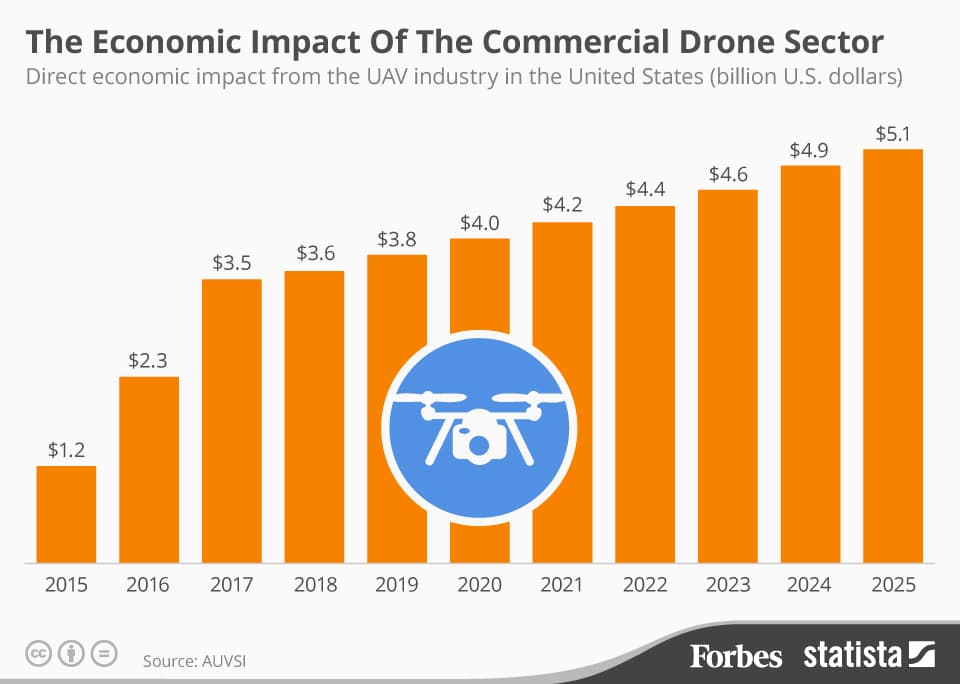
Image from Statista
The different types of drones out there to buy
Single Rotor Drones
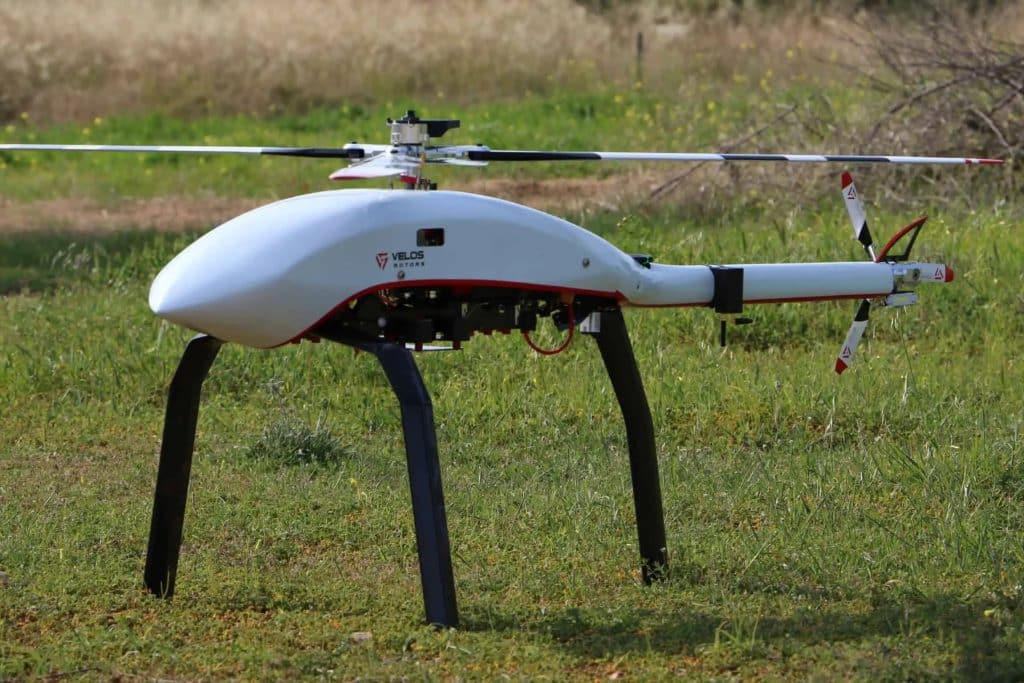
( Image Credit: Velos UAV)
Similar to an actual helicopter, these drones use a main rotor to control the flight of the machine, while a smaller tail rotor is used to control direction and stability.
Multirotor Drones
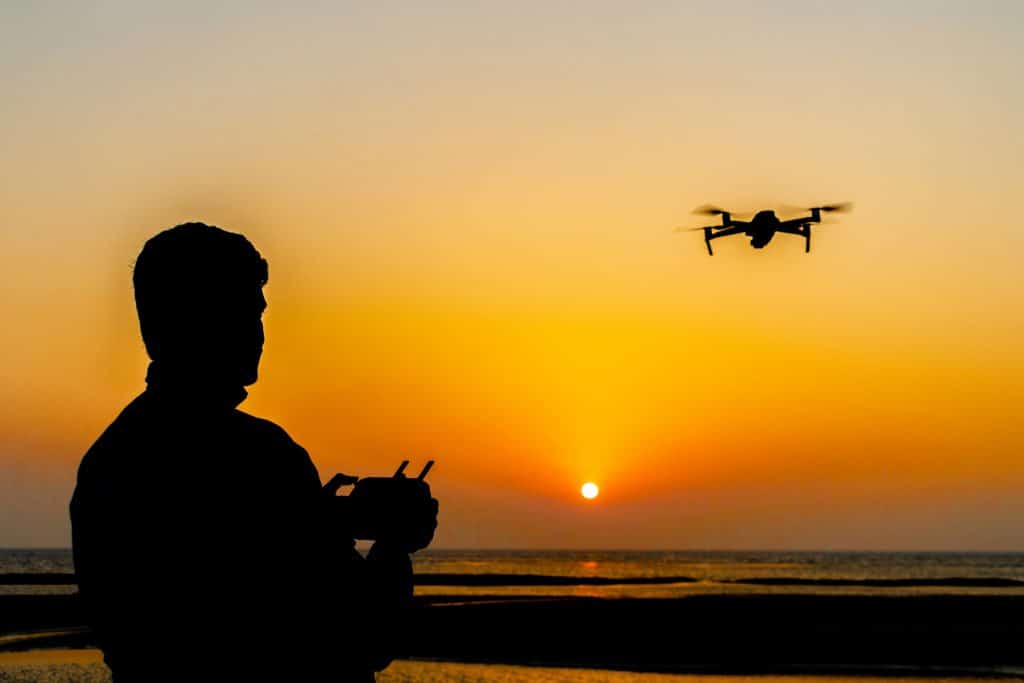
One of the more common types of drones, multi-rotor drones (also known as multi-rotors), can remain in a single position for an extended period due to their stability. This stability makes multi-rotor drones perfect for a wide range of applications, including aerial photography, security surveillance, filmmaking, and anything that involves a camera. These drones are highly versatile and can be equipped with various sensors and cameras to suit specific needs.
Multi-rotor drones are not only easy to control and fly but also easy to manufacture. This type of drone, known for its simplicity in design and operation, translates to a more affordable price point, making it accessible to a broader audience, from hobbyists to professionals. Additionally, their compact size and ability to hover make them ideal for use in confined spaces where other types of drones might struggle.
However, despite these advantages, multi-rotor drones typically don’t have an extended flight time, usually maxing out at around 30 minutes. This limitation is primarily due to the energy demands of maintaining stability and hovering. As a result, users often need to plan their operations carefully and ensure they have spare batteries on hand to maximize their productivity during drone flights.
GPS Drones
Linked to a GPS coordinate system via satellite, GPS Drones are capable of doing many things, such as automatically returning to their home base or point of origin when they are about to run out of power. This type of drone includes various drone types, such as multi-rotor drones, fixed-wing drones, and hybrid drones, each benefiting from the precision and reliability of GPS navigation for enhanced performance and functionality.
Commercial drones, which often utilize GPS technology, have become increasingly popular for tasks such as delivery services, agricultural monitoring, and infrastructure inspection. Their ability to follow precise flight paths and return autonomously to a designated location makes them invaluable in these industries.
On the smaller end of the spectrum, micro-drones are another type of drone that benefits from GPS integration. These tiny, highly maneuverable drones are used in a wide range of applications, from indoor inspections and surveillance to scientific research in confined or hazardous environments. Their small size allows them to operate in places where larger drones cannot, making them a versatile tool for many specialized tasks.
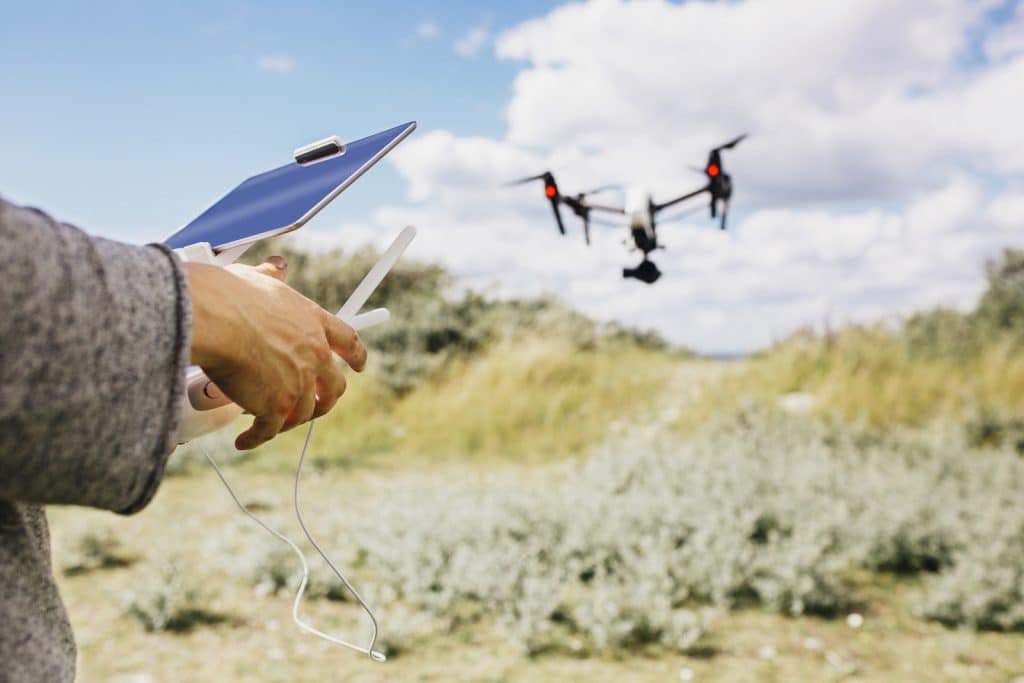
RTF Drones
RTF (Ready To Fly) Drones are more common among basic drone enthusiasts due to their simplicity. These drones are ready to fly the second you take them out of the box.
The ease of use makes them a popular choice within the drone industry. RTF drones include toy drones for beginners and children and racing drones for those interested in high-speed drone racing. The accessibility and convenience of RTF drones have significantly contributed to the rapid growth and diversification of the drone industry.
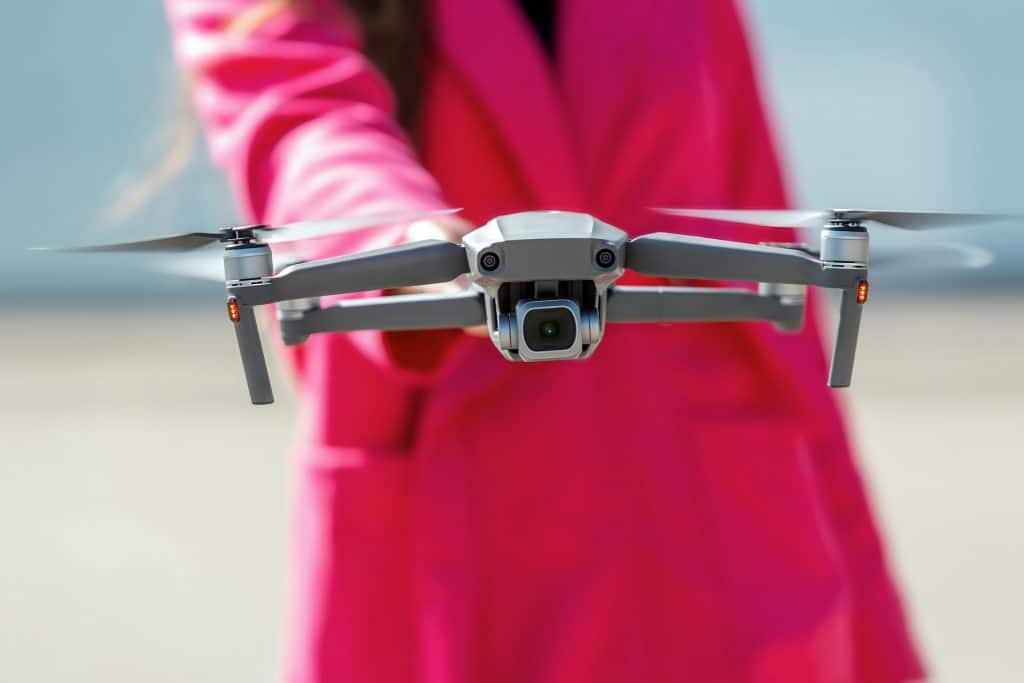
Delivery Drones
Delivering medicine to remote areas of the planet or employing these drones to drop off products purchased through Amazon Prime are just two of many possible benefits of Delivery Drones. These drones are tailor-made to transport products around the country in a short amount of time.
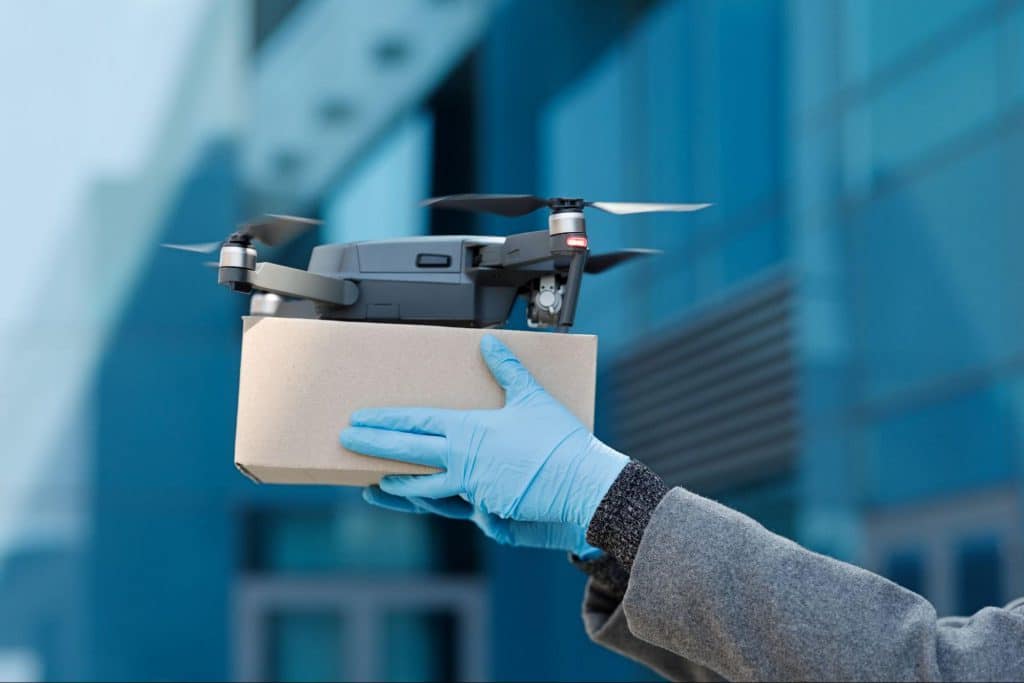
Agricultural Drones
Designed specifically for the agricultural industry, these drones can perform tasks such as crop monitoring, spraying pesticides, and assessing crop health, significantly improving efficiency and productivity in farming operations.

We’ve only touched on the commercial aspect of drones. Unmanned aerial systems can have many types of military applications to protect our country.
Different types of drones in the military

( Image Credit: DW )
Small Class I Drones
Anything less than 150 kg, a micro, mini, or small drone is included in Class I of military drones. The FULMAR, a common Class I drone, can reach top speeds of 100km/h and has a flight duration of about 12 hours. The FULMAR, along with other smaller drones, can be used for recon, gathering information, and improving target identification.
Medium Class II Drones
Anything in the Class II category of military drones ranges in weight from 150kg to 600kg. These drones are built with endurance and tactical attributes that allow for an elevated level of surveillance and protection, improved ability to assess damage, overall upgrade in awareness, and much more.
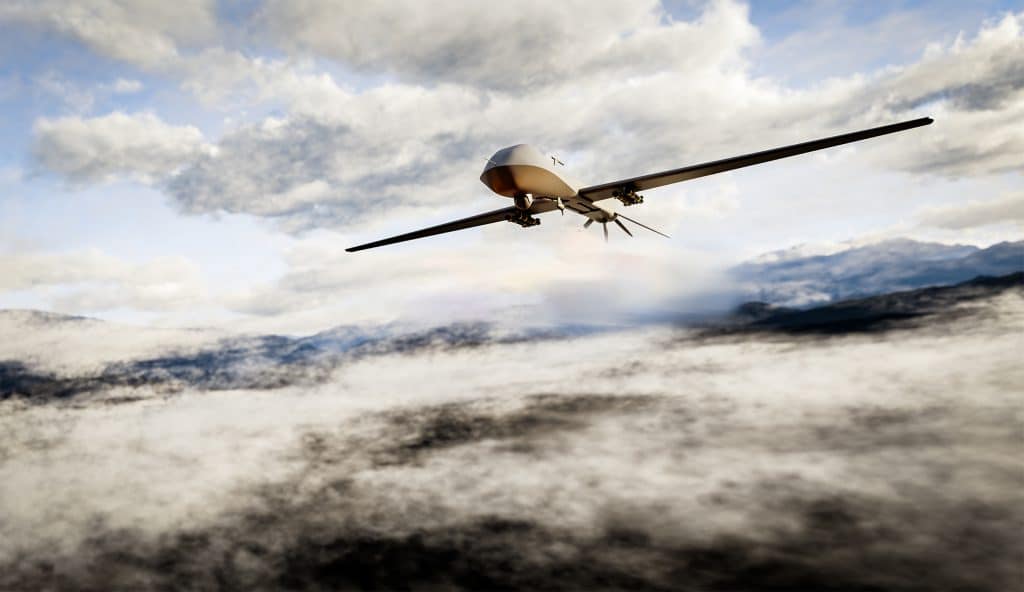
Larger Class III Drones
When you think of military drones, Class III larger combat drones are most likely what comes to mind.
Any drones over 600kg belong to this impressively strategic class, which is typically utilized for combat. These UAVs are capable of being armed with missiles and laser-guided bombs and have a range of over 1000 miles.
If you’re interested in purchasing a class III drone, the RQ-4 Global Hawk, for example, they are valued at $222 million.
What else can drones be used for?
Land Surveying
More and more companies are recognizing the various uses of drone applications, and land surveying companies are among them. For example, Rachel Kohlman, Project Manager at a surveying company, stated in an interview that “Using a UAS can be a real time saver for a lot of jobs, and it enables us to get a complete set of data, something that a crew in the field would have a hard time doing in a timely fashion. At times it can also impact safety. Instead of sending our personnel into a situation with steep grades or equipment that could potentially be hazardous, we can avoid this by remotely collecting this data using remote control.”
Land surveying drones are, without a doubt, becoming the future of surveying. As previously stated, more companies are harnessing the potential of UAS. Different types of drones, such as solar and rotary wing drones, are equipped with a wide range of capabilities and are utilized for land surveying. Companies are saving time, which leads to an increase in productivity. Massive projects are taking a fraction of the time they usually would, and it’s only going to get better as the years go on and more breakthroughs are made.
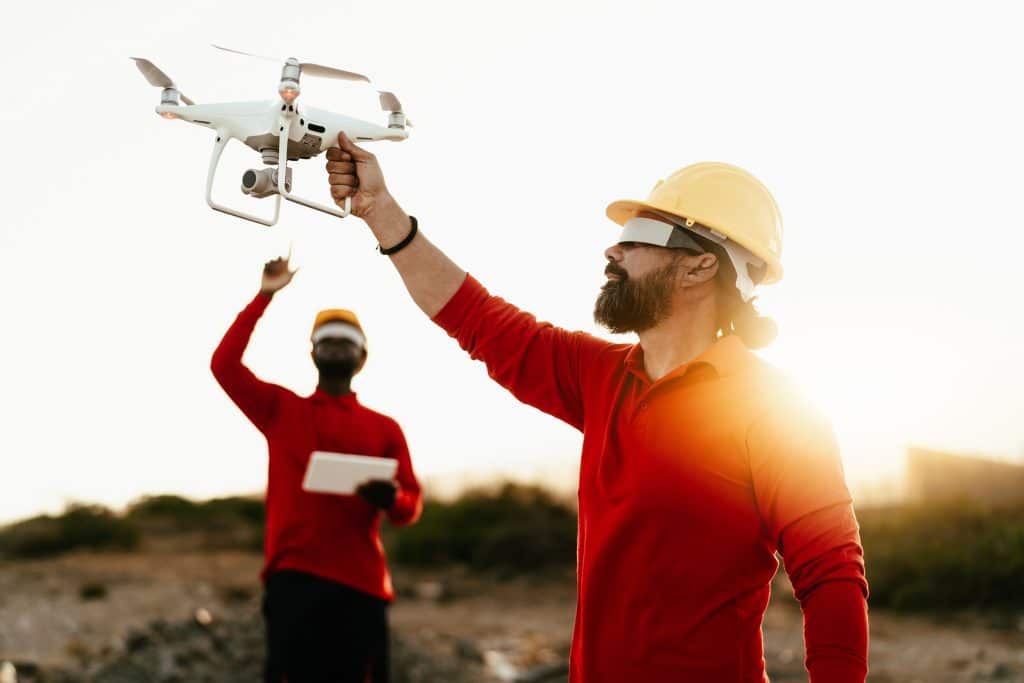
Public Sector (Firefighters and Police Officers)
Public Safety is another area that understands how valuable this technology truly is. Being able to cover large areas for search and rescue missions from an aerial view is something that public safety officials dream about. Thanks to the advancement of drone technology, multiple models have been designed to aid both firefighters and local police officials, which can easily be the difference between life and death. In this area, Unmanned Aerial Systems are being used to assist in areas such as:
In this area, Unmanned Aerial Systems are being used to assist in areas such as:
- Fire Management
- Crowd Control
- Tactical Use
- Emergency & Disaster Management
Drone Center’s research shows that in previous years “at least1,578 state and local police, sheriff, fire, and emergency units have acquired drones.” Through public records and open literature they also found that local law enforcement departments lead in purchasing of public safety drones. Another interesting statistic is the fact that “Consumer drones are more common among public safety units than specialized professional drones.”
Unmanned Aerial Systems play a massive role in today’s society. From delivering medication to remote areas of the earth to gathering intelligence or helping our military better protect our nation, drones will continue to aid humanity for years to come.
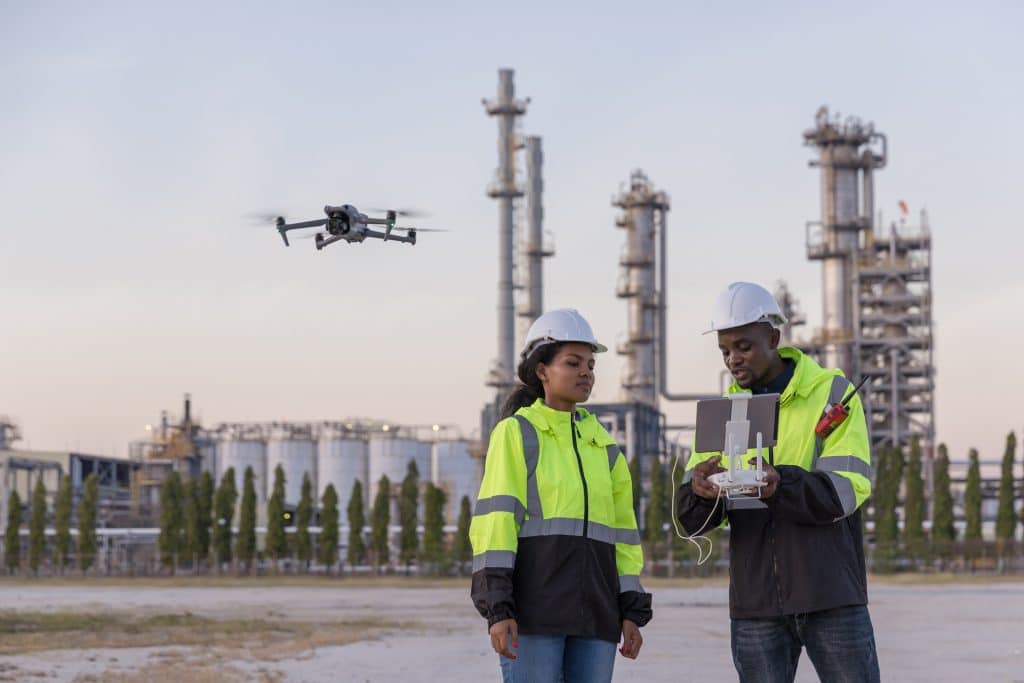
Explore the Diverse Types of Drones with Everglades University’s Unmanned Aerial Systems Degree
Everglades University recognizes the potential that drones have not only in the military but also in the public sector, which is why we offer an in-depth Unmanned Aerial Systems Degree, BS, as a concentration of the Bachelor of Science Degree with a major in Aviation/Aerospace.
The degree program focuses on areas such as but not limited to:
- UAS Regulations
- UAS Robotics and Software
- UAS Special Topics
- UAS Global and Industrial Applications
Contact us for more information about our drone pilot degree, online programs, and various campus locations in Florida. Enroll today to expand your drone career opportunities!



